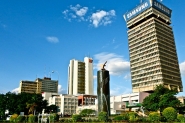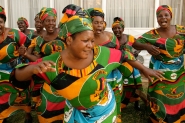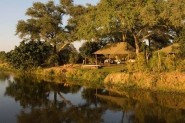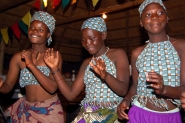- Photo Credit: vizts.com
 Photo Credit: zambiaembassy.fr
Photo Credit: zambiaembassy.fr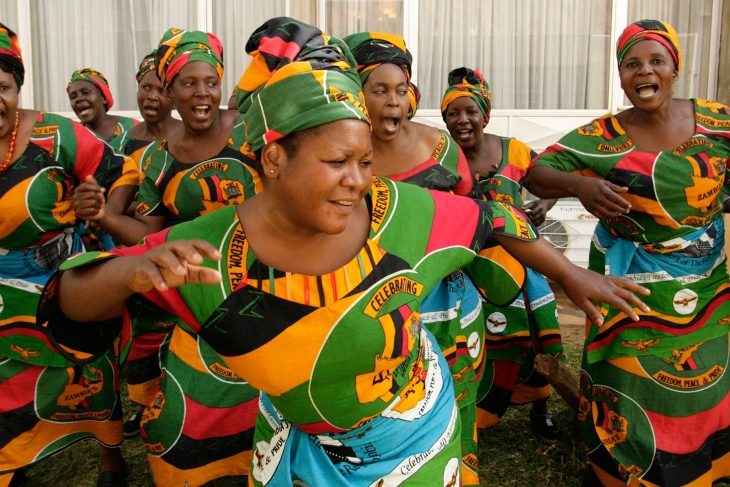 Photo Credit: www.pri.org
Photo Credit: www.pri.org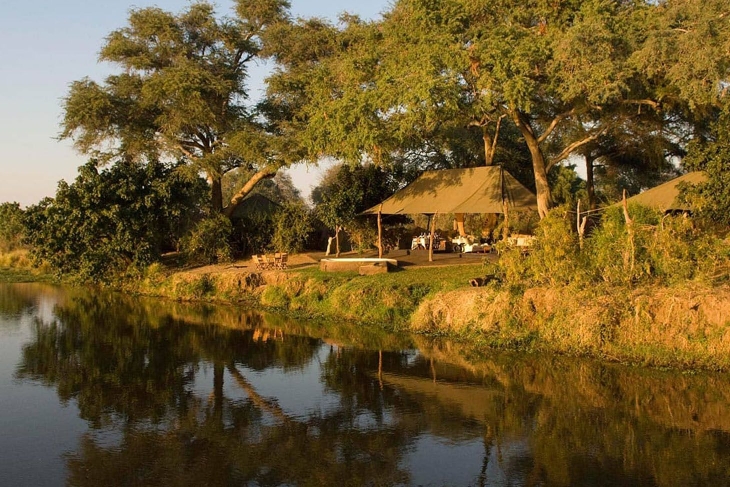 Photo Credit: lowerzambezi.com
Photo Credit: lowerzambezi.com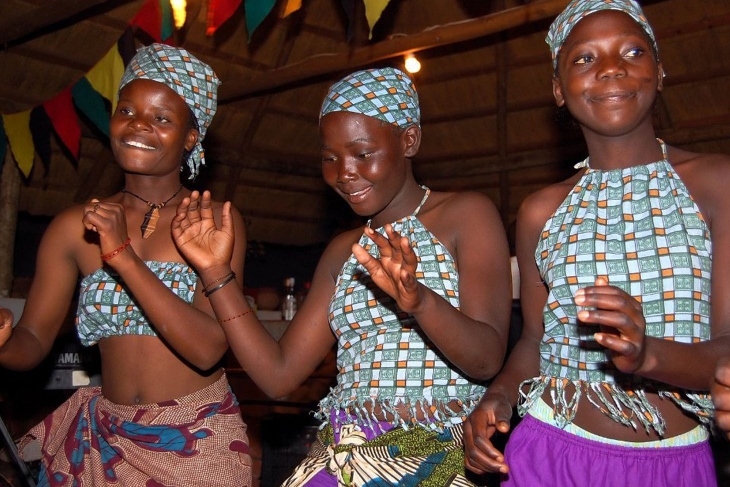 Photo Credit: zambiatourism.com
Photo Credit: zambiatourism.com
Zambia is home to the grand Victoria Falls, which is one of the Seven Wonders of the World and the largest waterfall in the world.
Aside from the majestic Victoria Falls, Zambia has more natural water resources than any other Southern African country, including numerous other falls speckled across the country.
The capital Lusaka has become one of Africa’s fastest growing cities. The steady increase of tourism throughout the country as a whole has brought further development and better tourist infrastructure to once small provincial towns.
Other tourist attractions include the Kariba Dam (one of the largest man-made lakes in the world) and the Kalambo Falls (one of the deepest falls in the world).
About 30% of Zambia’s 752,614 square kilometres is reserved for wildlife. There are 20 national parks and 34 game management areas in the country. South Luangwa, Kafue and Lower Zambezi rank among the finest game parks in the world.
According to BBC, Zambia has one of the world’s fastest growing populations with the UN projecting that its population of 13 million will triple by 2050. Over 44% of the country’s population lives in its towns and cities.
Zambia is one of the top ten producers of copper. The country’s economy is reliant on copper exports, which make up 80% of foreign earnings.
Other minerals are also found in the country, including cobalt, gold, silver and iron ore. Additionally, the country is a major source of precious stones, including emeralds, aquamarines, amethysts and tourmalines. Its emerald deposits are among the world’s largest.
As Zambia looks to diversify its economy, tourism and agriculture are becoming important. Crops like sugar, tobacco, cotton and maize are exported in quantity. Vegetables and flowers are increasingly grown for foreign markets.





















